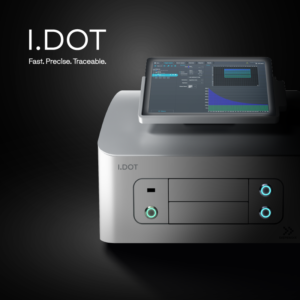Ready to automate? Your laboratory may be ready to purchase a liquid handler when it meets certain criteria and requirements.
Here is a checklist that can help determine if a laboratory is ready to invest in a liquid handler:
- Sample volume and complexity: Consider the volume of samples to be handled and the complexity of the procedures to be performed. Automated liquid handlers are designed to handle large volumes of samples, as well as complex procedures such as serial dilutions and reagent additions, with high precision and accuracy.
- Laboratory workload: Evaluate the current workload of the laboratory and consider whether manual methods are becoming increasingly time-consuming or error-prone. Automated liquid handlers can relieve laboratory technicians from the physical demands of manual pipetting and increase efficiency, particularly when working with large numbers of samples or when multiple steps are involved.
- Budget: Determine the available budget for the purchase of a liquid handler, including the cost of the instrument, maintenance, and training. Automated liquid handlers can be a significant investment, so it is important to consider the costs associated with purchasing and operating the instrument.
- Space and infrastructure: Consider the space and infrastructure available for the installation and operation of the liquid handler. Automated liquid handlers can be large and complex instruments that require dedicated space and proper infrastructure, such as electrical and computer connections.
- Training and support: Evaluate the available resources for training and support, including the skills and expertise of laboratory technicians, as well as the support provided by the manufacturer or vendor. Automated liquid handlers can be complex instruments that require specialized training and support, so it is important to ensure that adequate resources are available.
Automated liquid handlers can provide many benefits over manual methods, including increased accuracy, precision, speed, and efficiency, as well as reduced repetitive strain injury and costs. Before making a decision, it is important to carefully consider the needs and requirements of the laboratory, as well as the available resources and budget.

Learn how the I.DOT Liquid Handler works and find the right one for your lab today. Watch the demo video to see how it works.